The CL-SWASH which stands for Community-Led initiatives to eliminate Schistosomiasis by combining deworming with WASH interventions is a project led by the Department of Communicable Disease Control (DCDC) and the National Centre for Environmental Health and Water Supply (Nam Saat) of the Ministry of Health (MOH). The goal is to eliminate schistosomiasis as a public health problem by 2018 and transmission by 2025.
CL-SWASH was first piloted in Hatsaykhoun Village, Khong District, Champassack Province in 2015. To date, 24 out of 202 villages have implemented the CL-SWASH initiatives. To document the progress of MOH’s work, WHO is producing a video to share the country’s experiences with other Greater Mekong Subregion (GMS) and Association of Southeast Asian Nations (ASEAN) countries.
Life on the river
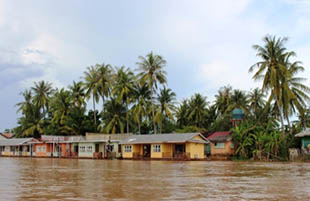
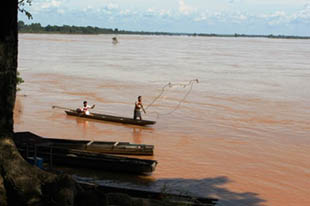
CL-SWASH focus on schistosomiasis elimination
Where there is a lack of clean water, sanitation and hygiene (WASH), deworming alone cannot succeed. To complement the work on mass drug administration to eliminate schistosomiasis, health education is provided to reduce the villagers’ risky behaviours to prevent faeces from entering the river.
The initiative can be expanded to focus on other Neglected Tropical Diseases (such as soil transmitted diseases and food borne flukes). CL-SWASH activities can improve nutrition, reduce anaemia, stunting and wasting.
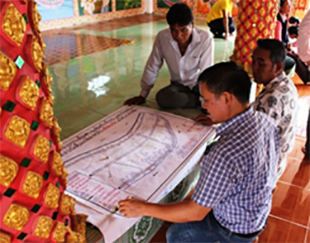
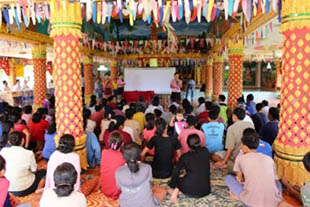
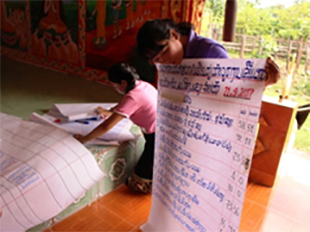
These baseline data are collected from the village survey, which shows the breakdown of households with and without latrines
CL-SWASH filming
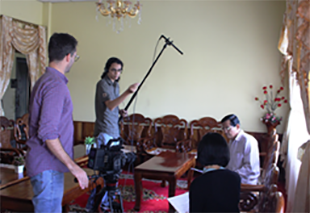
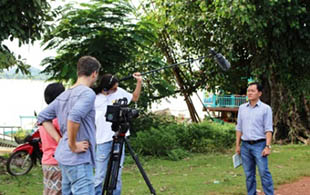
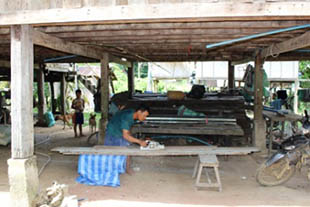
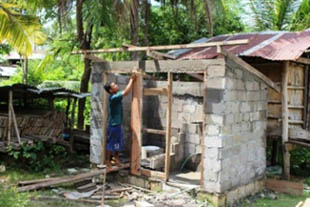
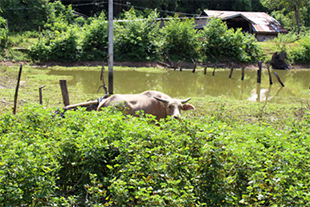
Besides getting rid of open defecation, it is also important to construct pens to keep animals from roaming freely
Achievement of CL-SWASH initiative
When implementing the CL-SWASH activities, it has been observed that those that are led by the communities themselves often yield better results than the central level supply-driven ones, in term of long-term sustainability and maintenance of the results achieved.
The community is trained on how to improve access to clean safe water and how to protect the water source from possible contamination, and why they need to build latrines. The result is a healthier community based on a high level of ownership, less transmission of diseases, and improve nutrition and health.
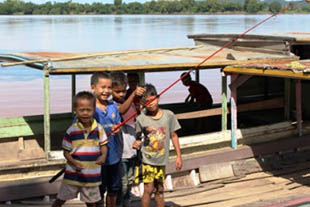
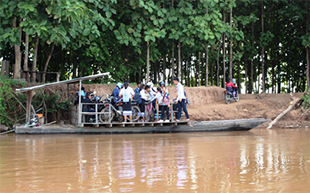
Students commuting by barge to their schools
Conclusion
The CL-SWASH initiative requires financial support for further scale-up, and the commitment from partners and donors to this approach is important. The country is on-track to eliminate schistosomiasis and the initiative will be expanded to cover other neglected tropical diseases.
